How to attract frogs to your garden – 5 ways to encourage amphibians to get rid of slugs and snails
Frogs will help to keep slugs and snails from devastating your garden borders
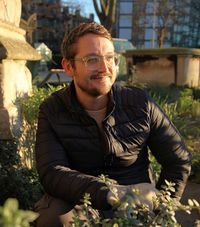

Frogs are important allies in any garden ecosystem. Observing frogs in your garden is a good sign, as these creatures are natural pest controllers, consuming hundreds of flies, snails and slugs in a short space of time during the spring, summer and autumn. So, instead of using chemical pest sprays to control garden plant pests, why not rely on the help of amphibians?
Frogs require access to water, either via water features, ponds, or damp, shady borders. The trick is to provide ideal conditions and welcome frogs to your garden, providing habitat and protection from predators. Thus, in a neat, tidy, and immaculate space, frogs will find little shelter or comfort. Striking the right balance between a well-maintained plot with wild patches is crucial if you want to invite frogs into your garden.
So, if you are looking for wildlife garden ideas this year, consider learning how to attract frogs to your plot and keep slug and snail populations under control. Our guide has all the information you need to succeed.
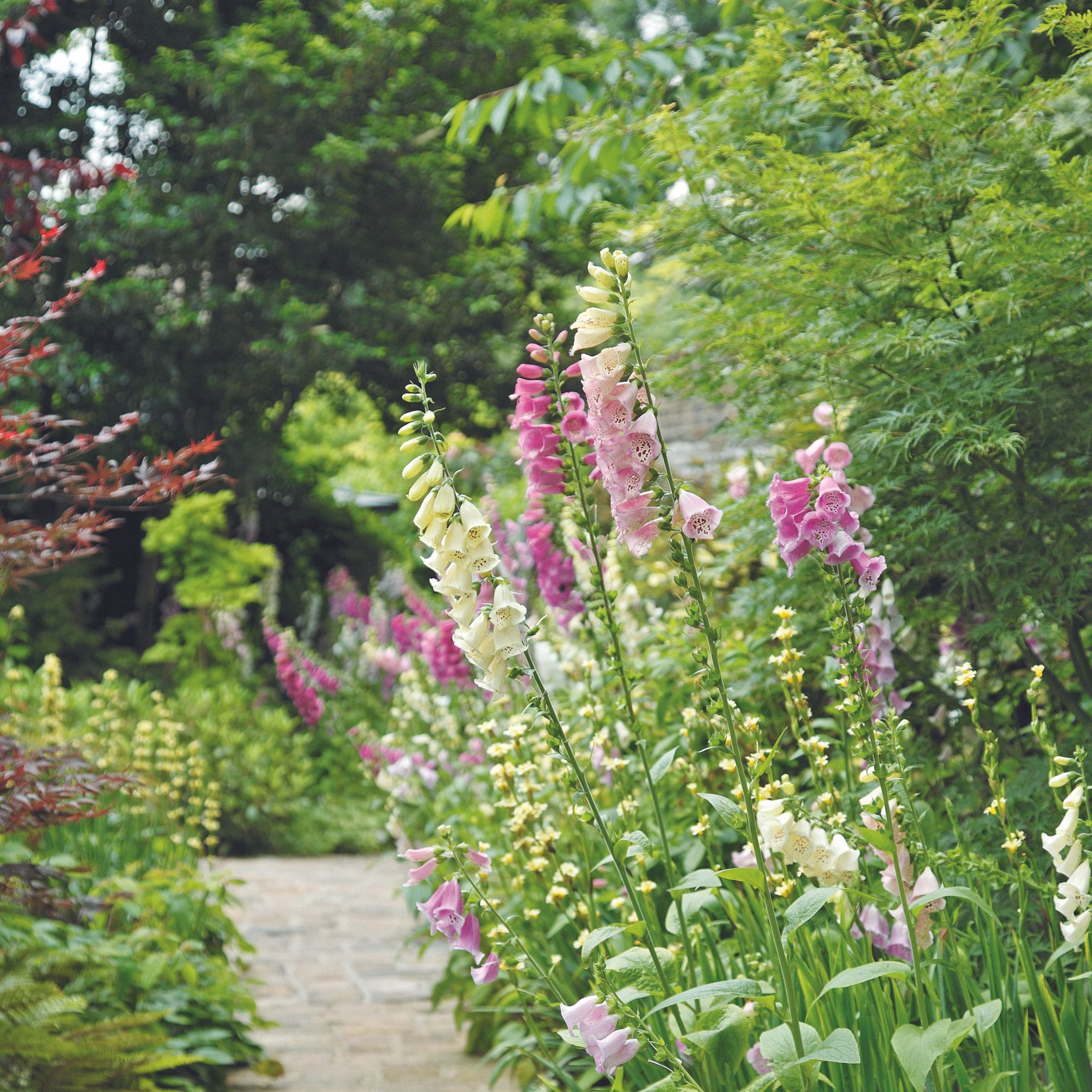
How to attract frogs to your garden
Frogs can live for several years, meaning that once you welcome a frog into your garden, you can rely on them for effective pest control for extensive periods. In favorable circumstances, many native species can even live to reach 10+ years. So, what conditions can help to attract and encourage frogs in the garden? Here, we share 5 key tips.
1. Build a wildlife pond
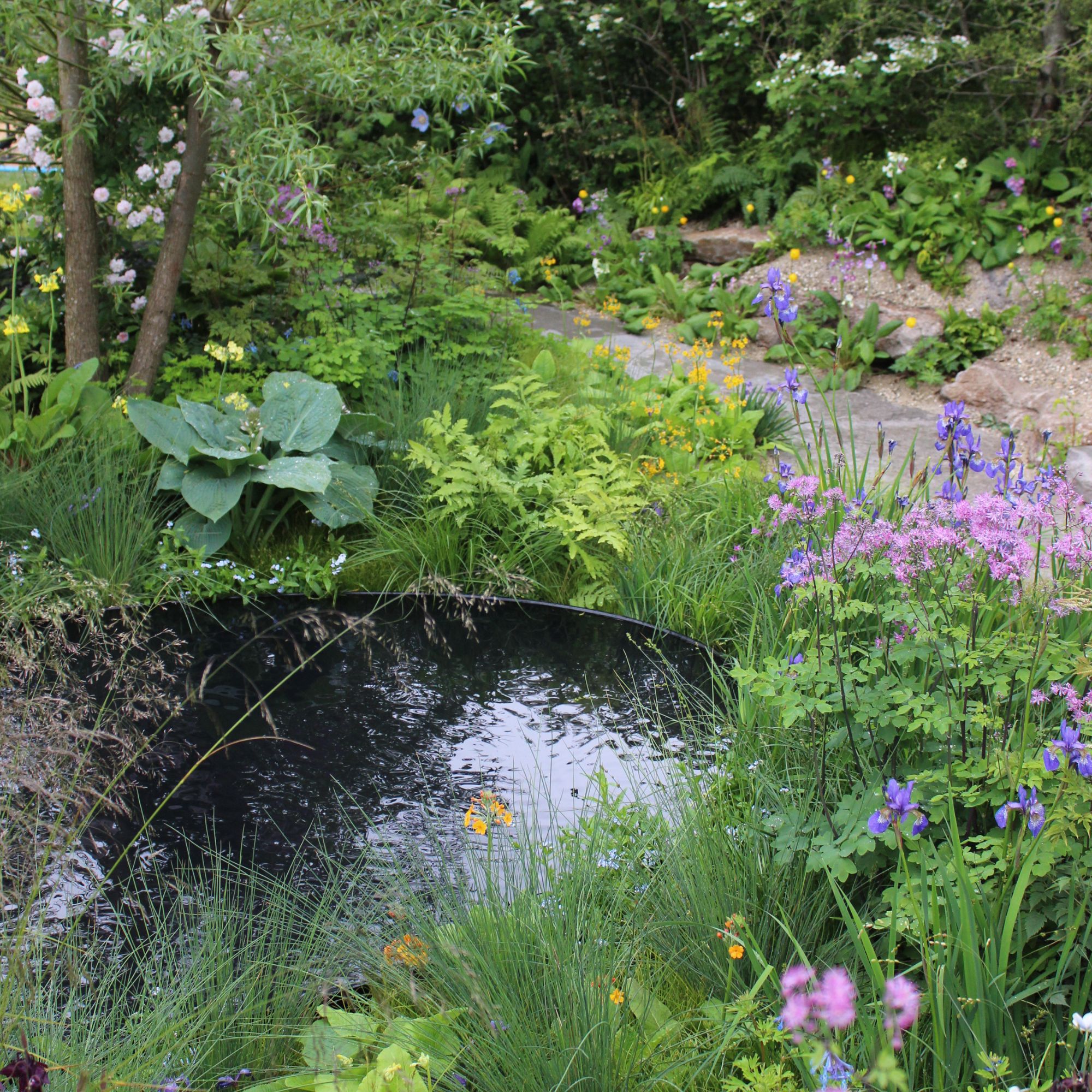
'Frogs thrive when near water, so if you have space for a pond, that would certainly encourage them,' says gardener Jane Dobbs. 'Even with a small pond, frogs, birds, dragonflies, and other pollinators will be drawn to the water.'
Even if you have a small plot, your garden pond ideas needn't be complicated. All you need to do is excavate a small, gently sloping hole and use a pond liner, available from Amazon, before filling your pond with water. To quickly attract wildlife to the new pond, consider using some wildlife pond food, available from Amazon, which will prove popular with critters in your garden.
'One trick is to create plenty of hiding spots in the pond with plants and assorted rocks and stones,' Jane adds. 'Be sure to incorporate a slope as a safe way in and out of the water for amphibians, who are not the best climbers.'
Sign up to our newsletter for style inspiration, real homes, project and garden advice and shopping know-how
Water lilies, irises and marsh marigolds would all work well when grown in or near a pond area, providing shelter and hiding spots for frogs around the edge of the water. Live water lily plants are available to order online from Amazon.
If you don't have room for a pond, consider instead placing shallow dishes of water around your garden, which will help to keep frogs happy. It is best to place these dishes at the back of your plot, in shady, protected areas - just be sure to fill the dishes up with water every so often.

Jane has been working in gardening for ten years, now managing a fantastic group of gardeners. Her favourite aspect of gardening is that it teaches patience. Jane currently lives in London and has a small flower oasis on her balcony.
2. Leave a wild patch in your garden
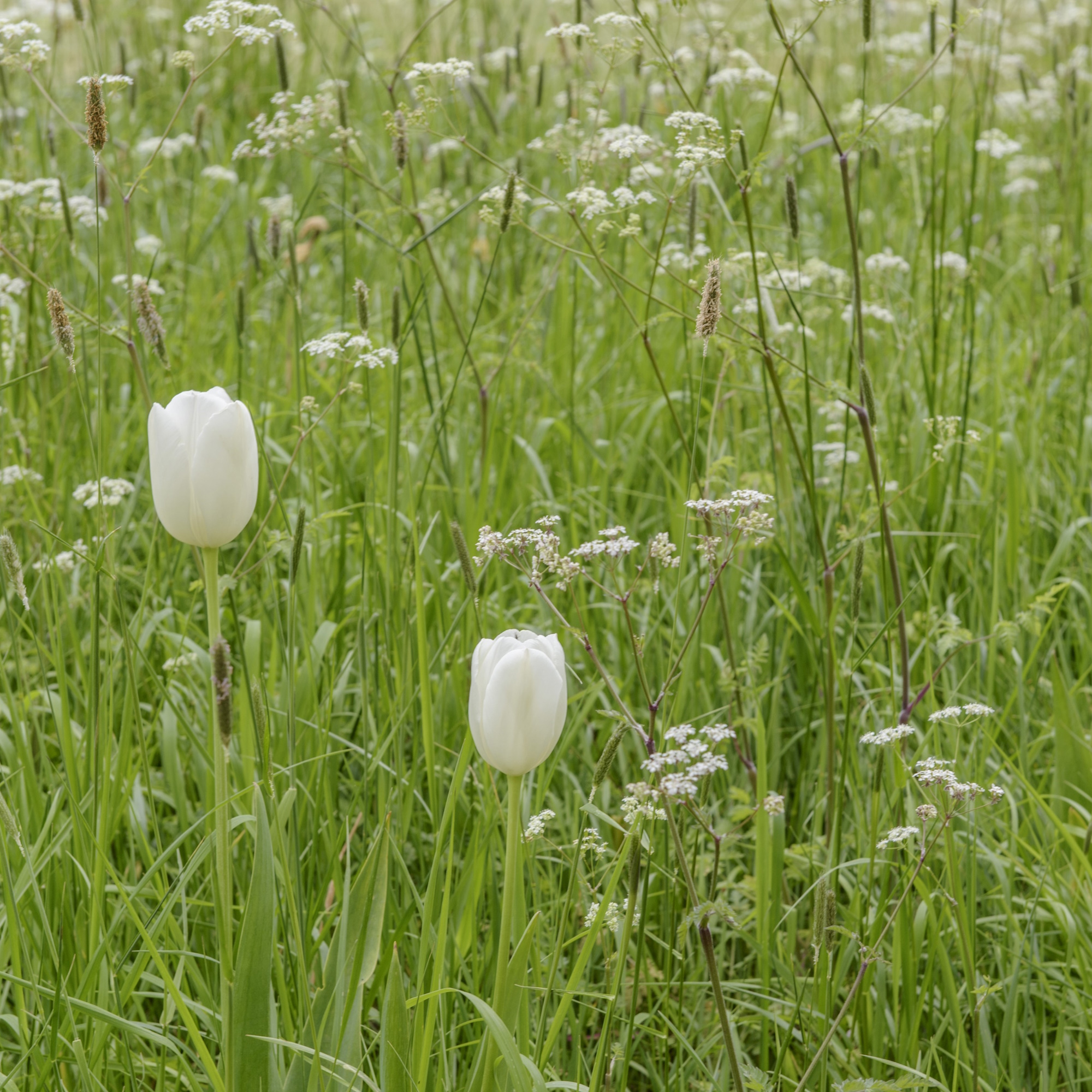
'Keep some parts of your garden a little bit wild,' Jane says. Wild strips will be popular with frogs. Consider leaving leaf litter, twigs, branches and undisturbed soil at the back of your borders. This will provide habitat and shelter for amphibians.'
Jane also recommends leaving a wild strip of grass, with space for clovers and wildflowers to grow. 'Unmown, grass areas will attract insects, which will be a hit with local frogs looking for a snack. Frogs prefer long lawns, which offer more hiding spots and retain moisture better.'
So, if you are wondering how to attract frogs to your garden, why not consider putting the lawn mower back in the garden shed this growing season?
3. Go organic
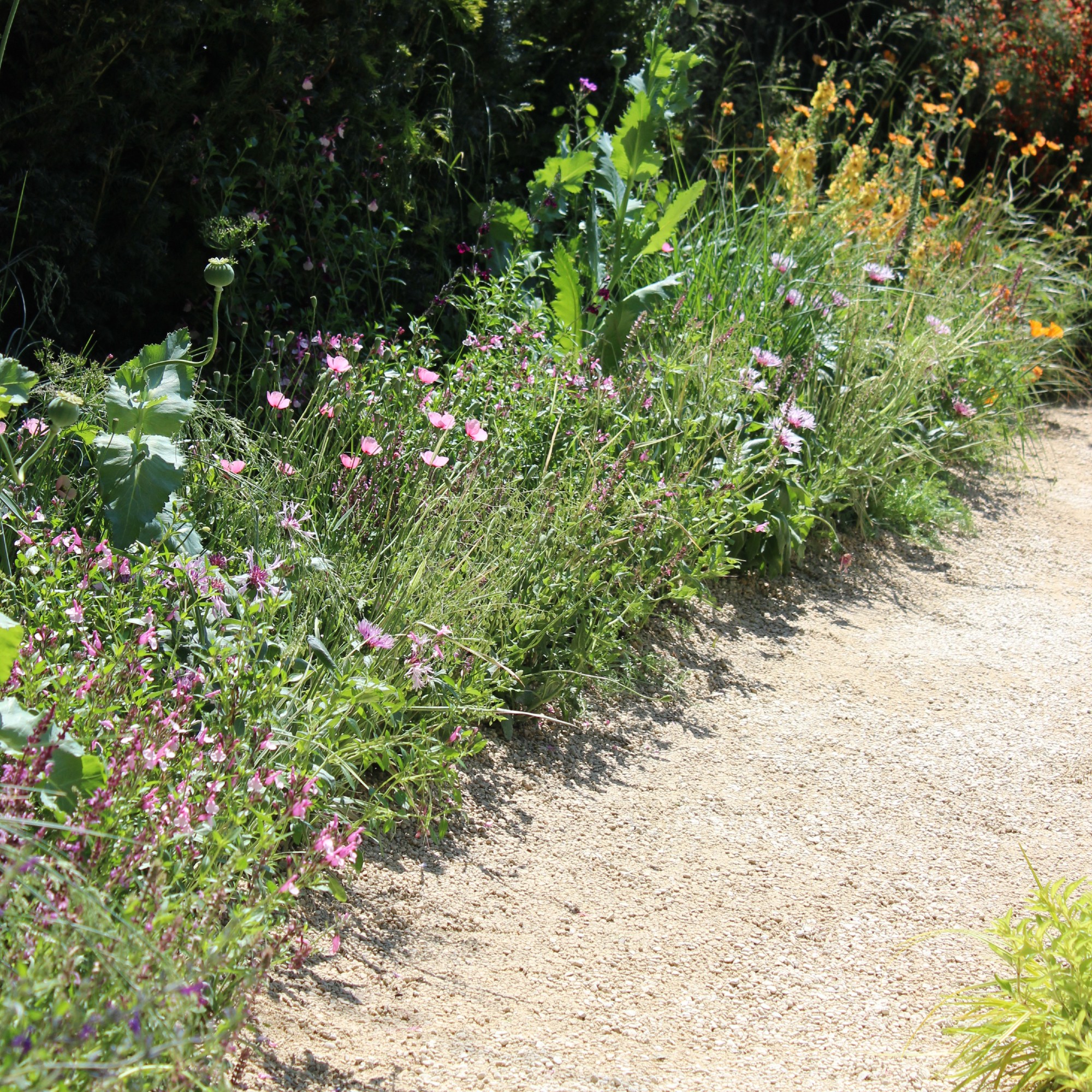
'Why wouldn't you want to encourage frogs into your garden - or indeed a Mr Toad of your very own,' says Amber Hine, garden expert and owner of Hine Garden Design.
'Frogs are fabulous for the garden,' Amber continues, 'not just because they play a role in our garden ecosystems, but because they help to keep pests at bay. In addition, they are frankly fascinating to watch, particularly for children.
'One way to attract frogs is to put the chemicals away,' Amber adds. 'Using chemicals in the garden can kill frogs, so it is best to avoid using pesticides and fertilisers. Instead, go organic.'
If you need to control slugs, put the pellets back in the garage and use copper tape, available from Amazon. As Amber says, an organic garden is a frog-friendly garden.

Amber is an award-winning garden and landscape designer, based in Bedfordshire and working across the UK. She offers bespoke garden and landscape design, creating abundant outdoor spaces that foster a natural environment to relax in and reconnect with each other and nature.
4. Create a habitat for frogs

'Hiding spots in cool, damp areas of the garden are sure to encourage frogs,' says Jane Dobbs. 'One good idea is to buy or make a frog house, which is a small shelter with an opening that lets frogs in, but not other predators.' Frog shelters are available from Amazon.
'Alternatively, you can use an upturned terracotta plant pot on its side and partially bury it or prop it open with a stone. This small cave is the perfect hiding spot for frogs,' Jane adds.
So, if you are looking for sustainable garden ideas, why not buy or make a frog shelter this year? This fun project is a good task to complete during summer with children.
5. Add access to neighbouring gardens
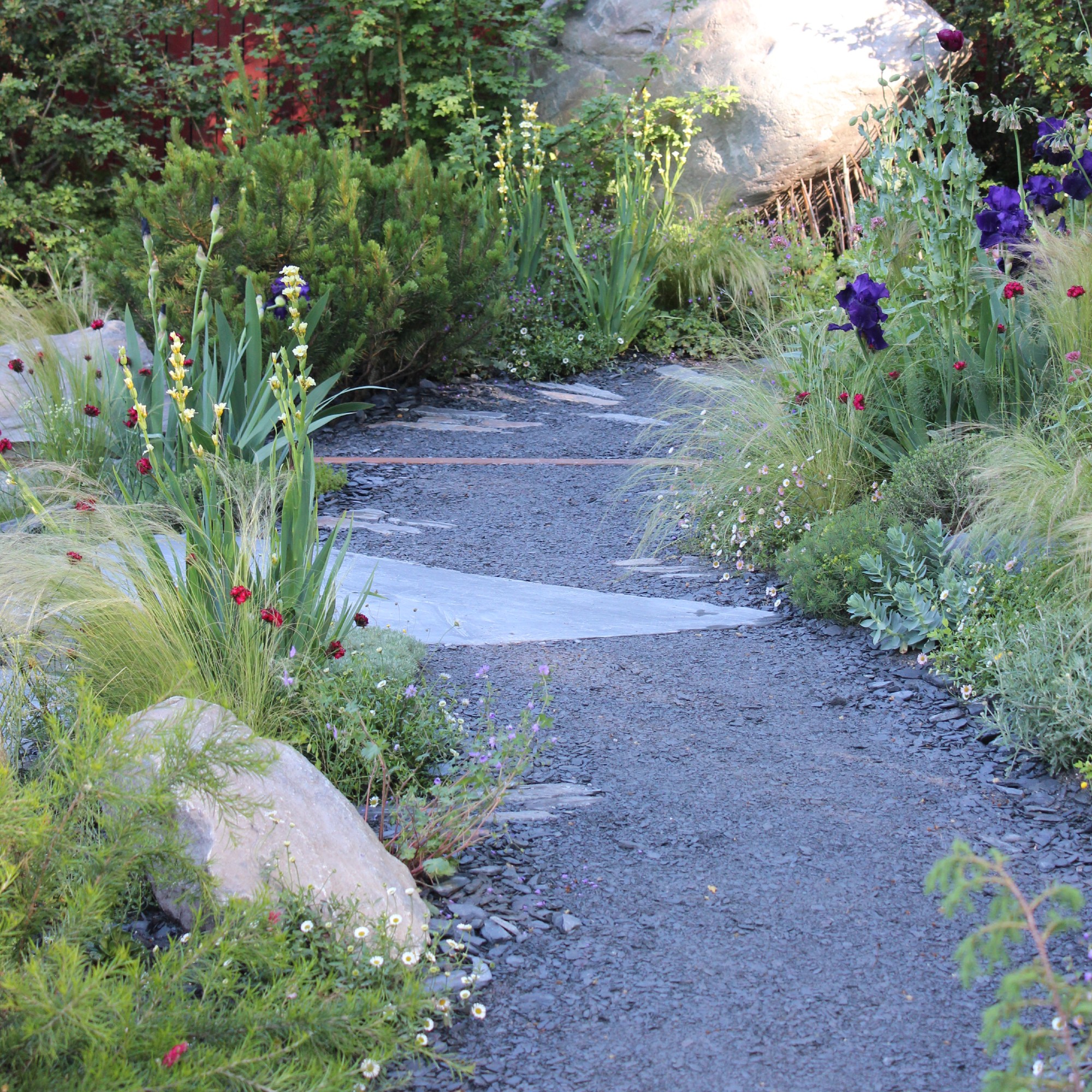
'Frogs don't even need you to have a pond to visit your garden,' says Amber Hine. 'If you happen to live near a waterway or your neighbour has a teaming wildlife pond, why not provide access so that local frogs can pass by your garden too?
'To encourage wildlife and frogs, make your garden perimeter permeable,' Amber advises. 'This means that frogs can move between your garden, your neighbour's garden, and the wider world.'
The best way to do this is by using hedges to line the edge of your garden, as opposed to bricks, concrete or fences. Alternatively, 'if you have a preexisting wall or fence, cut a small hole no bigger than 13x13cm, which will allow frogs and prickly hedgehog friends to enter and exit,' Amber adds. 'Before you do anything, however, always remember to seek permission and consult your neighbours.'
FAQs
Where do frogs go in the winter?
All amphibians, including frogs, must hibernate to survive the UK winter. As soon as the temperatures begin to drop in autumn, frogs will seek shelter to hibernate for the colder months of the year. They do this by burrowing and resting in compost heaps, underground, or in log piles, so it is always a good idea to remember this before commencing on a tidying-up project in the depths of winter.
Creating a frog-friendly garden really is that simple. While it can take several months for local frogs to find you, eventually, with the right conditions, they will arrive, helping to control pests naturally in your garden. Why not also consider learning how to attract ladybirds to your garden? Ladybirds, like frogs, are another natural pest predator and will help to keep aphids under control.
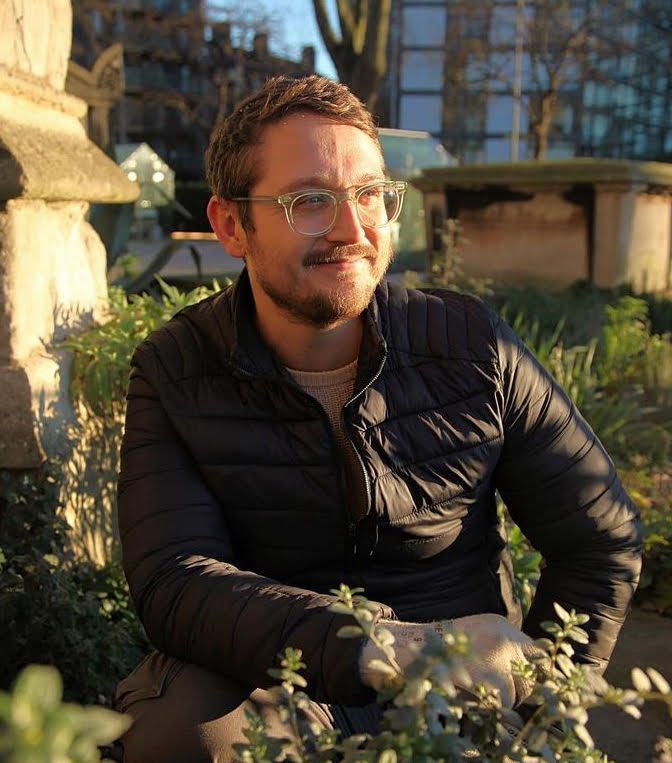
Thomas is a Content Editor within the Gardens Team at Homes and Gardens. He has worked as a professional gardener in gardens across the UK and Italy. Trained in Horticulture at the Garden Museum, London, he has written on gardening and garden history for various publications in the UK, including The English Garden, Gardens Illustrated, Hortus, The London Gardener and Bloom. Most recently, he has co-authored a travel book, The Tree Atlas, due out in late 2024.